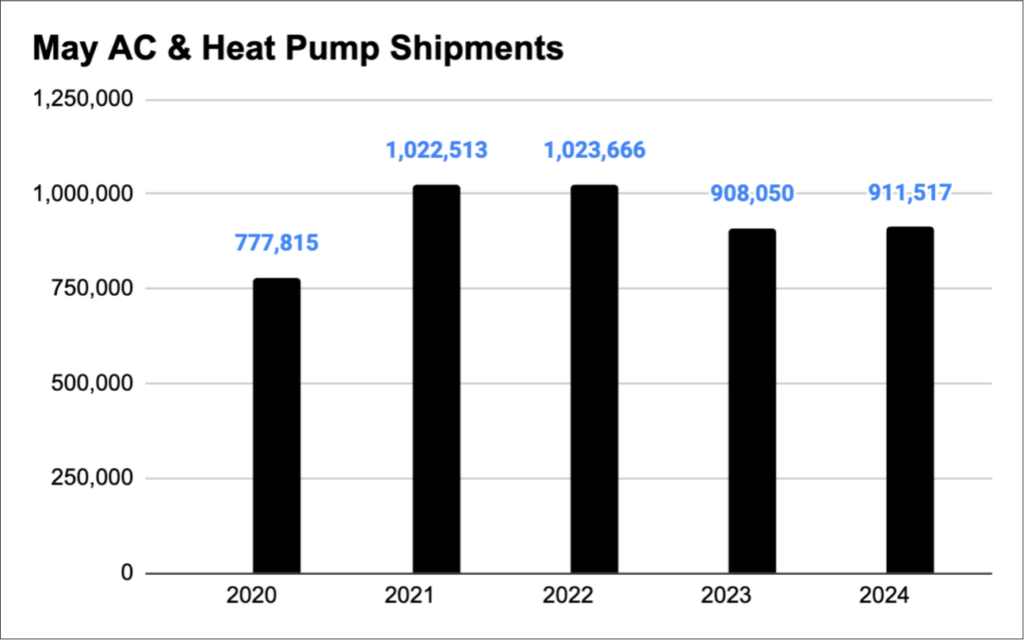Hatch, Genz-Ryan CEOs on growth challenges, nurturing leads, and AI
Last week, on an hour-long webinar, I caught up with the CEOs of Hatch and Genz-Ryan

Logo: Property of Hatch
Last week, on an hour-long webinar, I caught up with Chris Bache and Jon Ryan, the CEOs of Hatch and Genz-Ryan, to discuss the challenges with growth, nurturing leads, AI, and more. Below are the highlights, lightly edited for clarity.
Jon, what are some of the growth challenges you’ve faced recently?
-
Probably the biggest thing we dealt with recently is that it’s hard to layer in the management you’re gonna need, because the people who got you where you are won’t necessarily be the people who get you where you need to be.
-
You typically have one person wearing many hats as you go through the $10 and $15 million levels, but then people have to get more specialized.
-
You [also] can’t do what we used to do 10 years ago where, if you need more leads, you just spend more on Google PPC. It doesn’t work that way.
What’s one piece of advice you’d give contractors approaching the $10 to $15 million range?
-
It’s around financial operations and processes. As you get to $15 million, you really need a strong controller. And I think it’s really underestimated what that means. Bookkeeping is not controlling; it’s not CFO work.
-
The good [controllers] will report problems to you before they’re problems. How a month turns out shouldn’t come as a surprise. You should know how a month is gonna turn out in the second week.
It seems like Google changes its algorithm every month, making it more and more complicated to generate leads. How do you handle that?
-
If you double your company size, you can’t count on double the amount of leads to be available to you to make that growth work.
-
So as you get bigger, it’s how you treat your leads. Every lead needs a future; there has to be a structured path for following up on them.
-
You [also] have to make sure you’re nurturing your customer base. Cross-trade selling is important. We train for “Oh, by the way,” so CSRs can say, “Oh, by the way, your water heater is old. Let’s schedule a plumbing tech to come out there and look at it.”
But what if you’re smaller?
-
Start nurturing leads now. It builds a culture and process in your company. If you get one cross-trade sale through your call center as a $5 million company, that’s gonna have a much bigger impact than it will when you’re a $20 million company.
-
We’ve been training “Oh, by the way” for a year and a half, and were just starting to gain steam. Start doing it as a $5 million company and you’ll get much better as you grow. It’ll become part of your culture.
Chris, what are some of the best lead nurturing templates you’ve seen contractors use?
-
There are two. The first is when an in-home sale doesn’t close, within 48 hours, contractors will put them into an outbound campaign. The customer will get seven outreaches over two weeks through text and email.
-
The second is targeting past quotes. They’re reaching out and saying, “We talked to you about this thing you didn’t move forward with, and we’re just checking in.” Generally, the verbiage in both is just calling out the elephant in the room: “Hey, you didn’t move forward, let’s talk about it.”
Jon, anything you’d add?
-
You’ll find that your response rate on those automated things will be relatively low. But if you tag that with a live outreach, you’re planting seeds.
-
If you’re in the $5 to $10 million range, don’t feel like you have to do a ton [of campaigns]. Do a couple things very well, then once you gain understanding, you can always layer more on.
Even though a lot of outbounding can be automated, you still need human oversight. So how would you approach staffing that if you’re in the $5 to $10 million range?
-
I can only speak from my experience, but between 8 and 10 am, you’ll have a rush in your call center, then it calms down at lunch, and then later in the day you may have one or two more.
-
Assign someone in your call center to manage it. Give them very narrow guidelines to follow, and don’t ask the world of them. A company like Hatch also has a number of templates in place for when you start up.
Chris and Jon, what are you noticing at a high level regarding AI?
-
Chris: I’m seeing companies like Jon’s investing in $30 an-hour CSRs, but instead of hiring five, they’re hiring two really good ones and doing the rest with AI — then the people are jumping in where necessary. The high-performers are spending time on the right things, and AI can handle the repetitive stuff.
-
Jon: I’d say, on average, about 30-40% of calls that come in daily are actual leads. I see, within the next 6-12 months, an AI that can be a level 1 CSR, effectively vetting calls that come in and transferring warm leads to level 2 or 3 CSRs.
-
I’m envious of anybody in the $5 to $10 million range because they’re not gonna have the costs that the rest of us did going through those levels. AI is not gonna replace people; it’s gonna allow them to do things that require a higher level of thinking.
📬 Get our stories in your inbox
Keep reading
Morgan Stanley exploring $1.5 billion Sila Services sale
The potential sales price implies a roughly 15x multiple of the company's near-$100 million EBITDA, according to Reuters
$13 billion HVAC disruption averted in port deal
An agreement was reached on Wednesday, preventing a port strike that could have impacted roughly $13 billion worth of HVAC goods
May AC, Heat Pump shipments up slightly year-over-year
Over 911,000 combined air conditioners and heat pumps were shipped in May, up 0.4% year-over-year


